What’s In The Box? Understanding USB Audio Devices
With the change in home recording habits in recent years, USB products for getting audio in and out of your computer – like USB microphones (with and without built-in headphone outputs), and audio interfaces – are everywhere. As prices come down and technology advances, these products are getting more affordable and more powerful all the time. But what is it that they actually do, precisely – and why should we care?
In this article, we’ll explain the various functions inside these mysterious boxes, and in turn, how to choose the one that’s right for your needs.
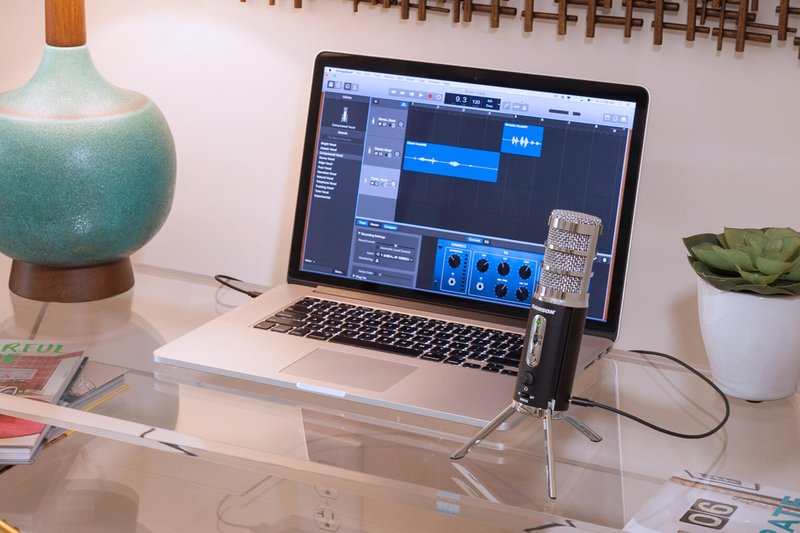
Audio from here to there
In a recording studio, it’s easy to see how a sound gets into your DAW (digital audio workstation), because all of the individual pieces of the audio chain are laid out neatly as separate devices.
Our sound begins as moving air – changes in air pressure. Think of a speaker cone going in and out as it plays, and you can imagine how air is compressed and rarefied, creating a waveform. It’s picked up by a microphone, which acts as a transducer: a device that turns moving air into electricity, or vice versa.
The mic element can take many forms: a magnetic coil, a capacitor with diaphragm and backplate, a thin metal ribbon suspended in a magnetic field, even a container of magnetized carbon granules! What all of these have in common is that they move in response to the moving air of the sound, generating a tiny amount of electricity.
This electrical signal is very weak, perhaps only a few thousandths of a volt, and it’s fragile – external noise can corrupt it easily. So it’s vital that the signal we want is quickly made much stronger so the outside noise will be negligible, and we do that by running it through an amplifier. Usually there are two: the head amp inside the microphone body that delivers a still-weak but relatively robust signal, and the preamplifier that massively increases the signal strength to the line levels seen inside audio electronics like mixers.
Once we have this amplified electrical signal, we can mix it with other signals, process it with effects like compression or EQ, and so on. If we’re staying in the analog domain, this is when we’d send it back out of our mixer to be recorded on tape. However, if we plan to use a DAW, we need to bring our signal into the digital domain, a process called conversion. The converters that take signals between the analog and digital domains are called – surprise, surprise! – analog-to-digital converters and digital-to-analog converters, usually abbreviated A/D and D/A or ADC and DAC.
Our data then needs to be sent from the converters to the computer, which is done over a high-speed data connection. By far the most common of these is USB, and we call this connection an interface. That completes our trip from sound to data.
When we want to play rather than record, the blocks are the same but in reverse order. Data from the computer comes out of the interface, through a converter, through an amplifier, then to speakers or headphones.
Note that we amplify going both ways. On input, we amplify weak signals (mic level or instrument level) to strong signals (line level), and on output we amplify from line level to speaker level, very strong signals capable of physically moving a speaker coil.
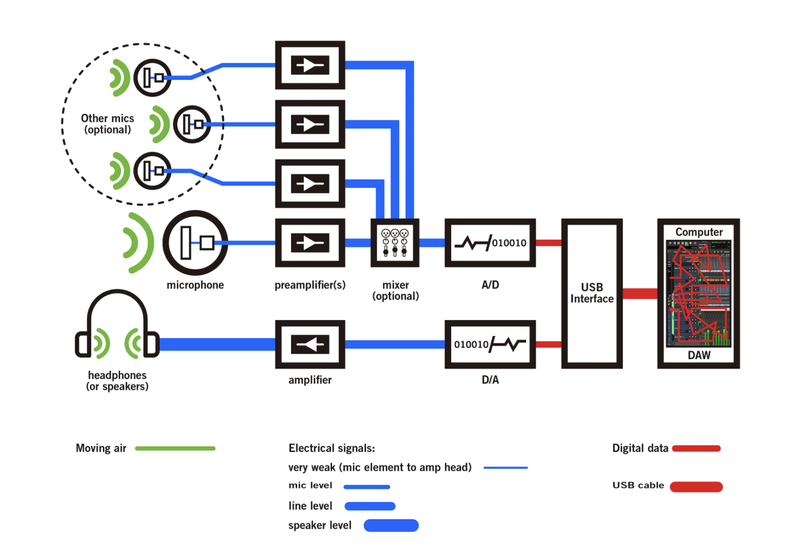
Figure 1: A basic audio chain: microphone to preamplifier to converter to interface to DAW, and back again to headphones. In place of the mic, you could plug in a guitar, bass, or keyboard, but the principle is the same.
As you can see in Figure 1, this chain of devices isn’t all that complex, and being able to swap out one or more elements to change the character of your sound gives you a lot of flexibility. You can change from a condenser mic to a dynamic to get a familiar midrange-heavy rock guitar sound instead of a pristine lead vocal. Choose a preamp for crystal clarity or thick vacuum tube warmth. Upgrade your converters for better fidelity… even change your interface type to support more channels of hi-def audio. It’s all easy in a setup like this. It can also be very expensive, and to get the results you want can take a lot of practice.
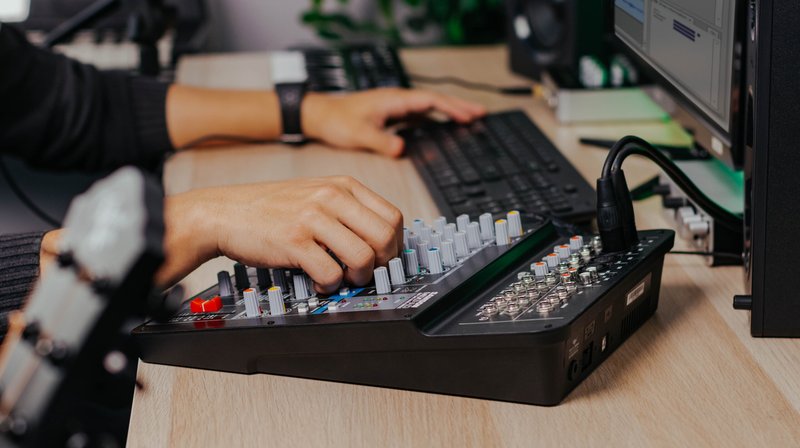
Simplify, consolidate, streamline
What about those of us who just want to record a song, a voiceover, a podcast, a livestream – who need the process to be as simple and straightforward as possible, with good clear sound on a reasonable budget? This is where USB mics and audio interfaces come in, and to grasp how they do what they do for us, all we have to understand is that most or all of the audio functions we’ve talked about are all brought together in a single box.
For example, let’s consider the Samson MixPad MXP124FX analog audio mixer/interface. The mixer does most of its work in the analog domain; it has preamplifiers and line-level inputs for several different signals at once, and can apply effects like compression, EQ, and reverb to some or all of them. Once a stereo mix has been created, it’s converted to digital and sent over a USB connection to your DAW. This is a great option for easily recording stereo mixes of multiple musicians, and all you need is a set of microphones to plug into it and a set of headphones or speakers to listen to it.
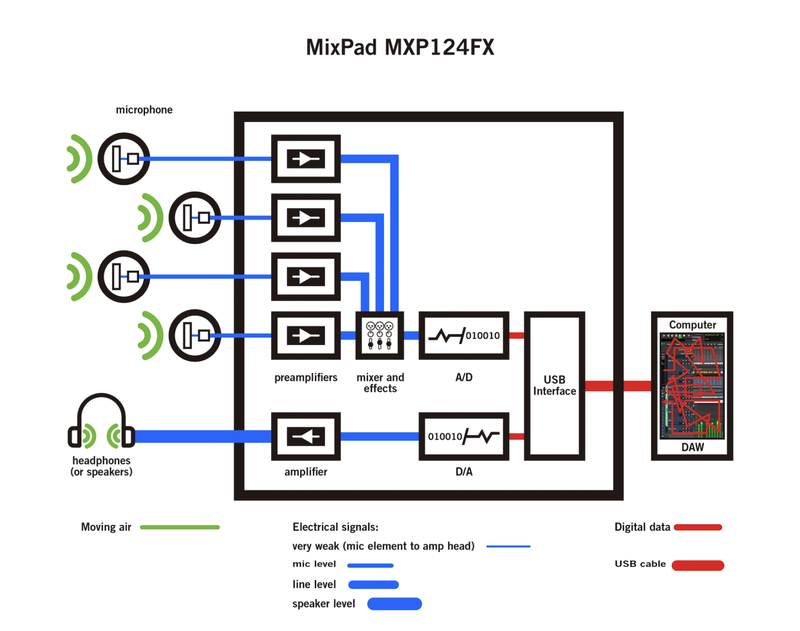
Figure 2: The Samson MixPad MXP124FX audio chain, showing all of the familiar blocks but inside one box.
For many of us, though, even that is too much to think about. What if we just want to record a voice or maybe a solo instrument and easily get it into our DAW, then listen to the results? That’s the domain of the USB microphone, which is the ultimate consolidation of these functions – transducer, amplifier, converter, and interface – into one handy package. Nearly all USB mics provide this signal chain in both directions: from the mic to the computer, and from the computer to a headphone jack.
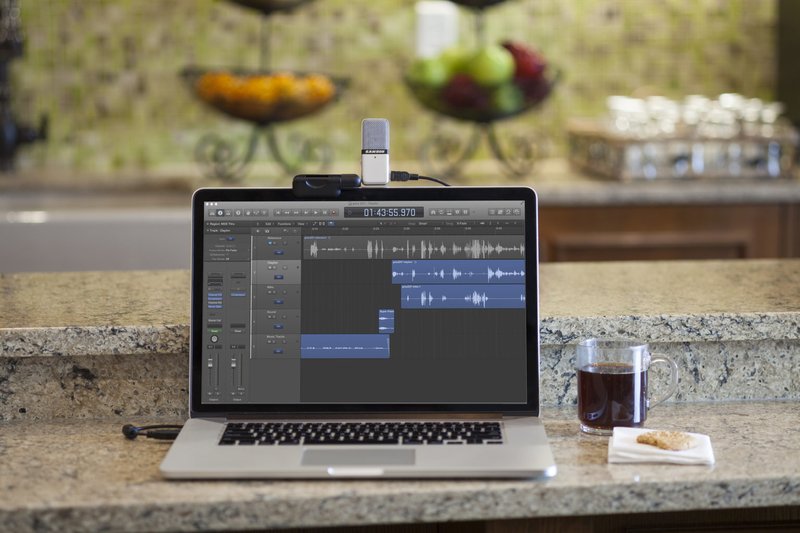
Samson makes a variety of USB mics optimized for various users and applications, so it’s easy to find one that matches your needs. For example, laptop users can instantly upgrade their audio recording quality with the Samson Go Mic, which installs instantly on any laptop’s display and folds into a tiny package for transport.
The Samson Satellite provides top-quality recording and playback in a compact format that pairs beautifully with computers, tablets, or smartphones for high-definition field recording on the go.
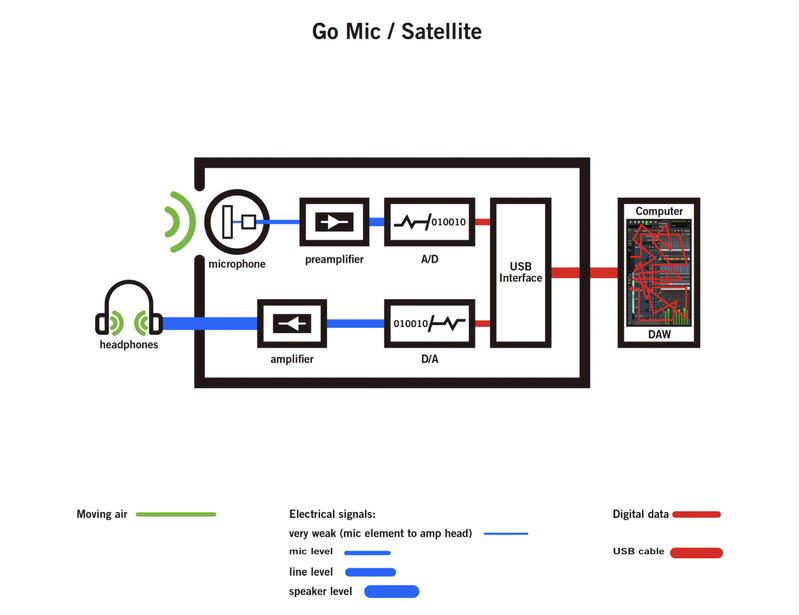
Figure 3: The Samson Go Mic and Satellite serve different recording needs with different features, but they share the same basic internal signal flow.
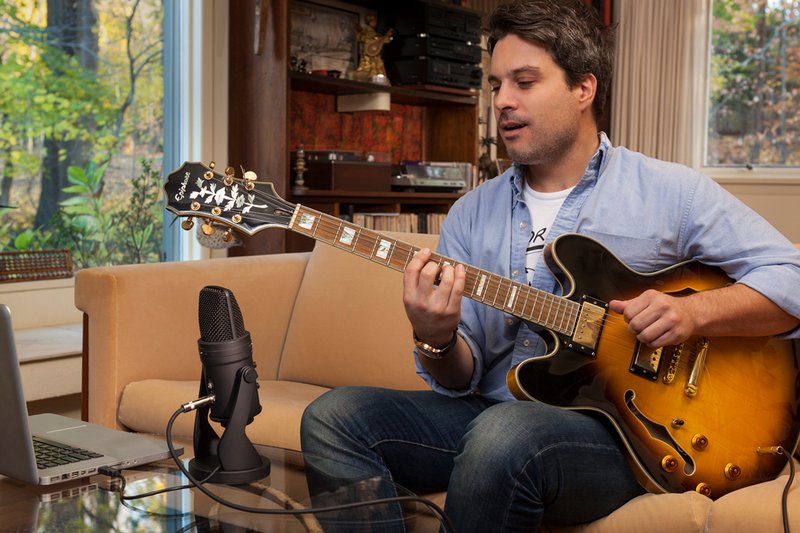
Last but not least, you can easily add flexibility by combining elements of an audio interface and USB mic into one device. The Samson G-Track Pro offers full recording and playback chains, and an extra instrument input so you can record your voice and electric guitar at the same time.
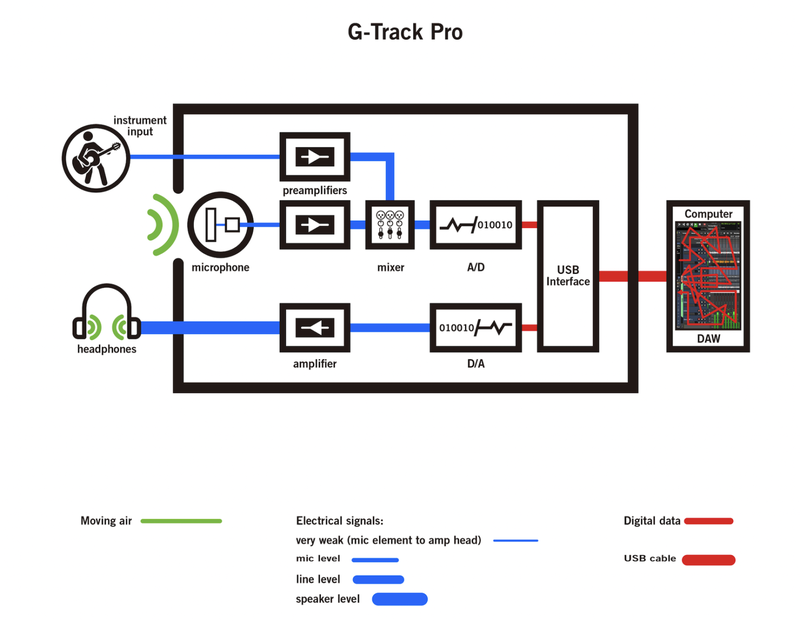
Figure 4: The Samson G-Track Pro offers cool extra features for a complete all-in-one recording experience.
Choose the right box
While your recordings with a USB microphone or mixer won’t equal those of a million-dollar studio, you won’t have to spend a million dollars to get your music or voiceover recorded at professional quality with minimal hassle. And now that you know what’s in the box, you can choose the right box: an understanding of these principles will make it easy for you to determine what sort of USB recording solution is best for your needs, to get you creating in no time.
